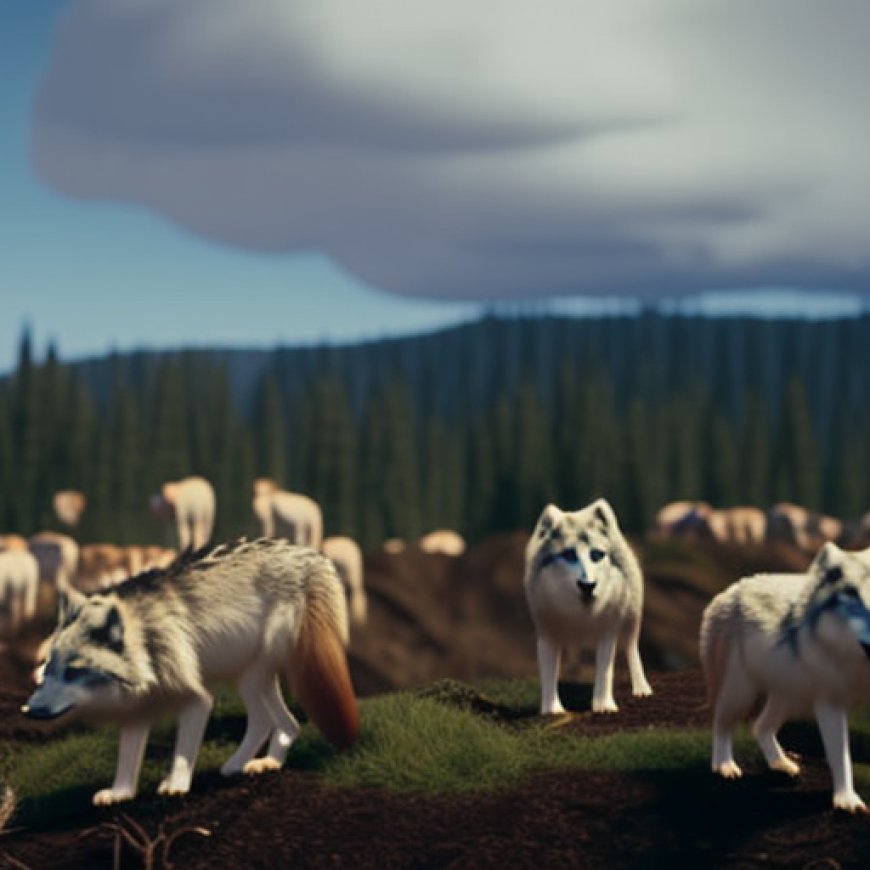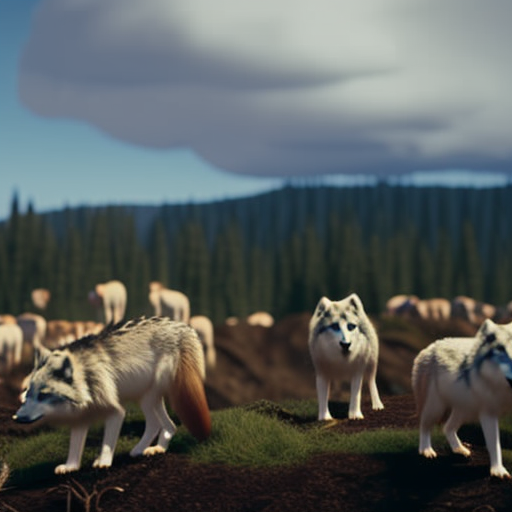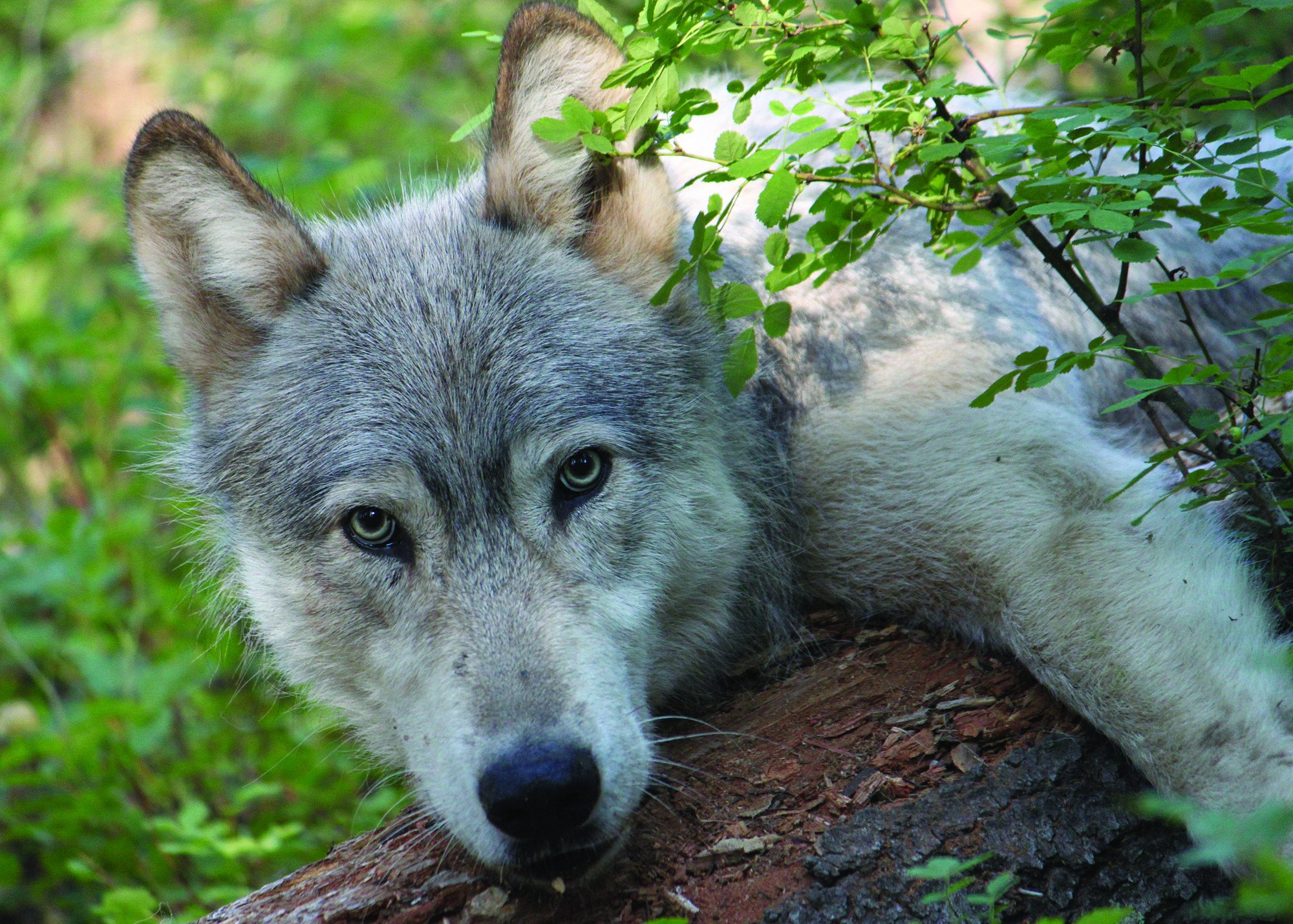Zero Increase in Oregon’s Wolf Population for First Time in 16 years
Zero Increase in Oregon's Wolf Population for First Time in 16 years Center for Biological Diversity


Oregon’s Wolf Population Remains Stagnant, Highlighting the Need for Sustainable Conservation Efforts

Introduction
Oregon’s wolf population did not experience any growth in 2023, marking the first year of zero annual growth in 16 years. The known population remained at 178 wolves, the same as the previous year. This information was revealed in a report released by the state Department of Fish and Wildlife.
Impact on Sustainable Development Goals (SDGs)
- Goal 15: Life on Land – The stagnant growth of Oregon’s wolf population raises concerns about the conservation of biodiversity and the protection of endangered species.
- Goal 14: Life Below Water – Wolves play a crucial role in maintaining the balance of ecosystems, including aquatic environments.
- Goal 12: Responsible Consumption and Production – The increase in wolf killings, both legal and illegal, highlights the need for sustainable practices to minimize conflicts between wolves and livestock.
Reasons for Stagnant Population
Various factors contributed to the lack of growth in Oregon’s wolf population:
- Increased Kill Orders: The state issued kill orders on members of 10 different packs, the highest number ever recorded in a single year. These orders were extended for longer durations compared to previous years.
- Rise in Poaching: The illegal killing of wolves has been on the rise for three consecutive years. In 2023, 12 wolves were poached, bringing the total number of known poachings since 2012 to at least 44.
- Other Causes of Death: Wolves also died from bone cancer, vehicle strikes, and unknown causes.
Illegal Killings and Conservation Concerns
The report revealed that out of the 12 known wolves killed illegally in 2023, four were poached in an area where wolves are still protected under the federal Endangered Species Act. The remaining eight poachings occurred in the federally delisted portion of Oregon. The use of poison in seven of these cases resulted in gruesome and painful deaths for the wolves.
Conservation Efforts and Wolf Management Plan
Oregon’s state wolf plan, which was due for an update in 2023, only saw changes in implementation instead. Conservation groups have expressed concerns about the stagnation of the wolf population and the department’s approach to managing conflicts between wolves and livestock.
Conclusion
The stagnant growth of Oregon’s wolf population highlights the need for sustainable conservation efforts. The increase in legal and illegal killings, as well as other causes of death, pose significant challenges to achieving the Sustainable Development Goals. It is crucial for stakeholders to work together to find solutions that balance the needs of both wolves and human activities.
Background
- Wolves in the eastern third of Oregon lost federal protections in 2011, while wolves throughout the western two-thirds of the state lost federal protections in January 2021.
- In 2015, the Oregon Fish and Wildlife Commission removed wolves from the state endangered species list, despite their absence from nearly 90% of suitable habitat.
- In 2019, the commission revised the state wolf management plan to allow for potential wolf hunting and trapping.
- Protections for wolves in the western two-thirds of Oregon were restored in 2022 based on a lawsuit filed by Earthjustice on behalf of the Center for Biological Diversity and other partners.
SDGs, Targets, and Indicators
-
SDG 15: Life on Land
- Target 15.5: Take urgent and significant action to reduce the degradation of natural habitats, halt the loss of biodiversity, and protect and prevent the extinction of threatened species.
- Indicator 15.5.1: Red List Index
-
SDG 16: Peace, Justice, and Strong Institutions
- Target 16.4: By 2030, significantly reduce illicit financial and arms flows, strengthen the recovery and return of stolen assets, and combat all forms of organized crime.
- Indicator 16.4.1: Total value of inward and outward illicit financial flows (in current United States dollars)
Analysis
The article highlights the issues surrounding Oregon’s wolf population, specifically the lack of growth in the population and the increase in wolf killings. Based on this information, the following analysis can be made:
1. Which SDGs are addressed or connected to the issues highlighted in the article?
The issues highlighted in the article are connected to SDG 15: Life on Land and SDG 16: Peace, Justice, and Strong Institutions.
2. What specific targets under those SDGs can be identified based on the article’s content?
Under SDG 15, the specific target that can be identified is Target 15.5: Take urgent and significant action to reduce the degradation of natural habitats, halt the loss of biodiversity, and protect and prevent the extinction of threatened species.
Under SDG 16, the specific target that can be identified is Target 16.4: By 2030, significantly reduce illicit financial and arms flows, strengthen the recovery and return of stolen assets, and combat all forms of organized crime.
3. Are there any indicators mentioned or implied in the article that can be used to measure progress towards the identified targets?
For Target 15.5 under SDG 15, the Red List Index can be used as an indicator to measure progress towards reducing the degradation of natural habitats and protecting threatened species. The article mentions the decline in Oregon’s wolf population and the increase in wolf killings, which indicates a degradation of the wolf habitat and a threat to the species.
For Target 16.4 under SDG 16, the Total value of inward and outward illicit financial flows can be used as an indicator to measure progress towards reducing illicit activities related to wolf killings. The article mentions the increase in illegal killings of wolves, indicating the presence of organized crime and illicit activities.
Table: SDGs, Targets, and Indicators
| SDGs | Targets | Indicators |
|---|---|---|
| SDG 15: Life on Land | Target 15.5: Take urgent and significant action to reduce the degradation of natural habitats, halt the loss of biodiversity, and protect and prevent the extinction of threatened species. | Indicator 15.5.1: Red List Index |
| SDG 16: Peace, Justice, and Strong Institutions | Target 16.4: By 2030, significantly reduce illicit financial and arms flows, strengthen the recovery and return of stolen assets, and combat all forms of organized crime. | Indicator 16.4.1: Total value of inward and outward illicit financial flows (in current United States dollars) |
Behold! This splendid article springs forth from the wellspring of knowledge, shaped by a wondrous proprietary AI technology that delved into a vast ocean of data, illuminating the path towards the Sustainable Development Goals. Remember that all rights are reserved by SDG Investors LLC, empowering us to champion progress together.
Source: biologicaldiversity.org

Join us, as fellow seekers of change, on a transformative journey at https://sdgtalks.ai/welcome, where you can become a member and actively contribute to shaping a brighter future.







